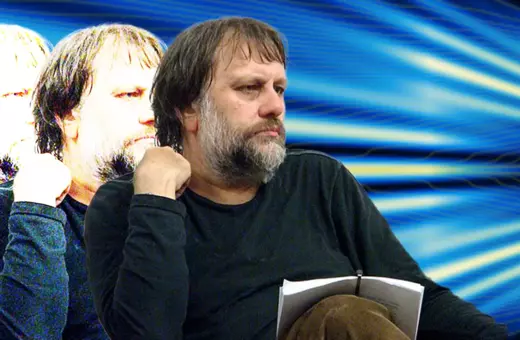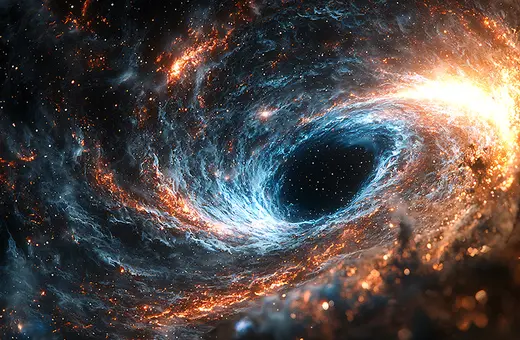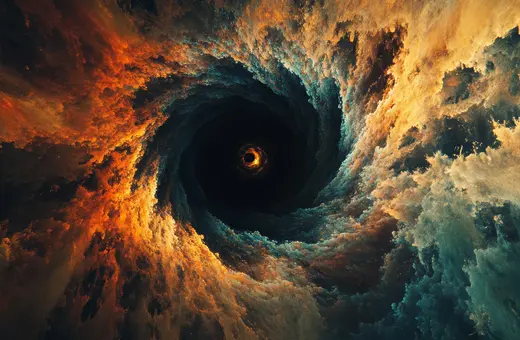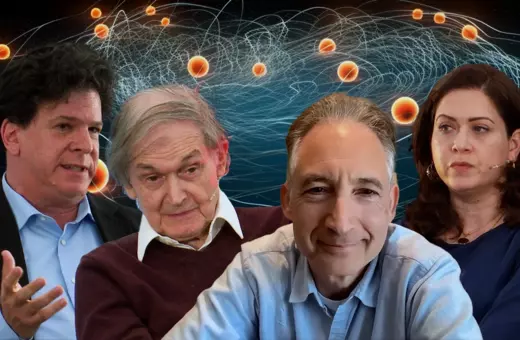Two of the key founders of quantum physics, Einstein and Schrödinger, were deeply sceptical of its implications about uncertainty and the nature of reality. Today, the orthodox reading is that uncertainty is indeed an inherent feature of quantum systems, not a reflection of our own lack of knowledge. But Oxford physicist Tim Palmer now argues that chaos theory shows that quantum uncertainty is in fact down to our own ignorance, not reality itself. This could have far-reaching consequences for our ability to marry quantum mechanics with general relativity.
Everyone knows that long-range weather forecasts are uncertain. It’s because of those pesky butterflies. Unobserved, they flap their wings, causing unpredicted storms to appear weeks later. This is the metaphor used to describe the unpredictability of chaotic systems:tiny uncertainties in the initial conditions of a system grow and grow until they completely destroy the accuracy of any forecast. In this metaphor, the butterflies themselves aren’t uncertain about the state of their wings, it is us humans that are uncertain about them. Philosophers call this “epistemological” uncertainty – uncertainty to do with lack of knowledge.
 SUGGESTED READING
We still don't understand the measurement problem
By Sabine Hossenfelder
SUGGESTED READING
We still don't understand the measurement problem
By Sabine Hossenfelder
But according to the orthodox view about quantum mechanics, our most successfully tested theory of physics, uncertainty is not always of this epistemological type. Quantum mechanics is usually described as a theory of atoms and sub-atomic particles, but in truth it is believed to be a theory that underpins everything in the world, including the weather and the galaxies – all of reality. According to orthodox view, there is an inherent uncertainty about what happens to a quantum system when we attempt to observe it. At the moment of observation, the quantum state of a system collapses randomly from a superposition of possible states to some definite outcome. According to this account, randomness is incorporated into the basic equations of quantum mechanics. This in turn implies that quantum uncertainty is not purely epistemological, but is additionally “ontological”, meaning that reality is in itself inherently uncertain. But this orthodox view rests on a rarely questioned assumption. Chaos theory provides strong motivation for questioning the assumption. Rejecting it means that the uncertainty of quantum mechanics could, after all, be of the same epistemological type as that of chaos theory.
___
Standard discussions about Bell’s inequality end by concluding that quantum uncertainty is not fundamentally due to our uncertainty about the quantum world, but due to the way quantum reality itself is.
___
Two of the founding fathers of quantum mechanics thought the idea that reality was uncertain was ludicrous, and as a result refused to believe that quantum mechanics, in its current state, was the final word on the subject. Erwin Schrödinger devised his famous cat experiment to show that this interpretation of quantum mechanics leads to nonsensical cats which are half alive and half dead, and Albert Einstein famously remarked, in exasperation, that surely God does not play dice. And yet, despite this, most physicists today believe that quantum mechanics is the final word as far as quantum physics is concerned and that there is therefore an element of inherent ontological uncertainty about the world around us. Quantum uncertainty, these physicists would argue, has nothing to do with the butterfly effect: quantum uncertainty is much more radical.





















Join the conversation